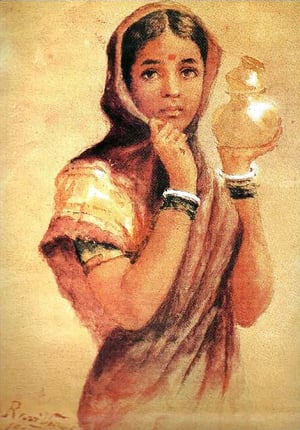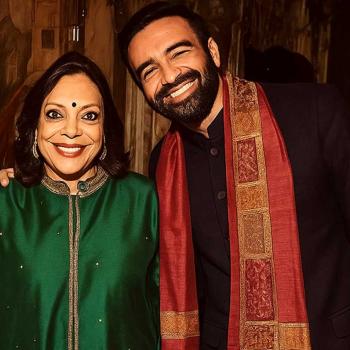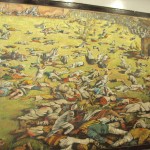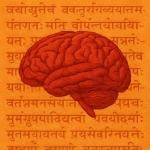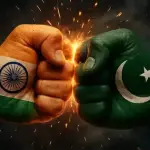Indian Express
The Asian intelligence successes of which the Centre [HQ of the First Chief Directorate or FCD, the KGB’s foreign intelligence wing] was most proud were in India, the world’s second most populous state and largest democracy.
It was deeply ironic that the KGB should find democratic India so much more congenial an environment than Communist China, North Korea and Vietnam. Oleg Kalugin, who in 1973 became the youngest general in the FCD, remembers India as both a prestige target and ‘‘a model of KGB infiltration of a third world government’’. The openness of India’s democracy combined with the streak of corruption which ran through its media and political system provided numerous opportunities for Soviet intelligence.
In addition to what Kalugin termed ‘‘scores of sources throughout the Indian government — in intelligence, counterintelligence, the Defence and Foreign Ministries, and the police’’, successful penetrations of Indian embassies (replicated in operations against Japan, Pakistan and other Asian countries) assisted the decryption of probably substantial — though as yet unquantifiable — amounts of Indian diplomatic traffic.
The Soviet leadership regarded a special relationship with India as the foundation of its South Asian policy. Growing concern in both Moscow and New Delhi with the threat from China gave that relationship added significance. Gromyko and Ponomarev jointly declared: ‘‘The Soviet Union and India march side by side in the struggle for detente, for peace and world security … India has always relied on Soviet assistance on the international scene in safeguarding its rights against colonial schemes.’’
The primary purpose of KGB active measures in India was to encourage support for the special relationship and strengthen suspicion of the United States. According to Leonid Shebarshin, who served in the New Delhi residency in the mid-1970s, ‘‘The CIA’s hand could be detected in material published in certain Indian newspapers. We, of course, paid them back in the same coin … Like us, (the CIA) diligently and not always successfully did what they had to do. They were instruments of their government’s policy; we carried out the policy of our State. Both sides were right to do so.’’
Though the KGB tended to exaggerate the success of its active measures, they appear to have been on a larger scale than those of the CIA. By the early 1980s there were about 1,500 Indo-Soviet Friendship Societies as compared with only two Indo-American Friendship Societies. The Soviet leadership seems to have drawn the wrong conclusions from this apparently spectacular, but in reality somewhat hollow, success.
American popular culture had no need of friendship societies to secure its dominance over that of the Soviet bloc. No subsidised film evening in an Indo-Soviet Friendship Society could hope to compete with the appeal of either Hollywood or Bollywood. Similarly, few Indian students, despite their widespread disapproval of US foreign policy, were more anxious to win scholarships to universities in the Soviet bloc than in the United States.
In India, as elsewhere in the third world, KGB active measures were intended partly for Soviet domestic consumption — to give the Soviet people, and in particular their leaders, an exaggerated notion of the international esteem in which the USSR was held. The New Delhi residency went to considerable lengths to give the Soviet political leadership an inflated sense of its own popularity in India. Before Brezhnev’s official visit in 1973, recalls Shebarshin:
Together with the Embassy, the ‘Novosti’(news agency) representatives and the Union of Soviet Friendship Societies, the Residency took steps to create a favourable public atmosphere in the country immediately before and during the visit, and to forestall possible hostile incidents by the opposition and the secret allies of our long-standing Main Adversary.


